As outdoor enthusiasts and nature lovers, our interactions with wildlife while camping can be some of the most memorable and awe-inspiring moments in our lives. However, it’s crucial to approach these encounters with the utmost respect, care, and responsibility.
The article “The Ethics of Wildlife Interaction: How to Respect and Protect Wildlife While Camping” delves into the importance of ethical wildlife interaction and provides valuable insights on how to ensure that our interactions with animals in the wild are safe, respectful, and protective of their natural habitats.
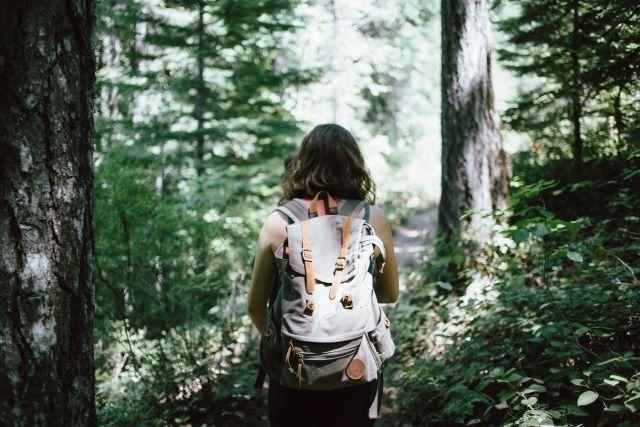
By adhering to ethical guidelines and understanding the impact of our actions, we can continue to enjoy the beauty of wildlife while preserving their well-being and the delicate balance of our ecosystems.
Importance of Ethical Wildlife Interaction
Engaging with wildlife in their natural habitats is a privilege that allows us to witness the marvels of nature up close. However, this privilege comes with a profound responsibility. The importance of ethical wildlife interaction extends beyond personal enjoyment; it plays a pivotal role in the conservation and survival of countless species.
By adhering to ethical guidelines, we ensure that our presence does not disturb or harm wildlife, disrupt their natural behaviors, or contribute to environmental degradation. This article explores the ethics of wildlife interaction, highlighting the principles that guide responsible engagement, the benefits it brings to both humans and animals and the long-term impacts on ecosystems and biodiversity.

Understanding and practicing these principles not only enriches our outdoor experiences but also contributes to the protection of our planet’s incredible wildlife.
Understand Wildlife Behavior
Research local wildlife before your trip
Understanding wildlife behavior is a fundamental aspect of ethical wildlife interaction. Before embarking on any outdoor adventure, particularly one involving wildlife observation, taking the time to research and familiarize oneself with local fauna is crucial.
This knowledge helps travelers anticipate animal behaviors, movement patterns, and potential encounters. Moreover, it aids in crafting responsible and unintrusive approaches, reducing the risk of unintentionally disturbing or stressing animals. By researching local wildlife before your trip, you not only enhance your safety but also contribute to the well-being of the creatures you seek to admire and protect.
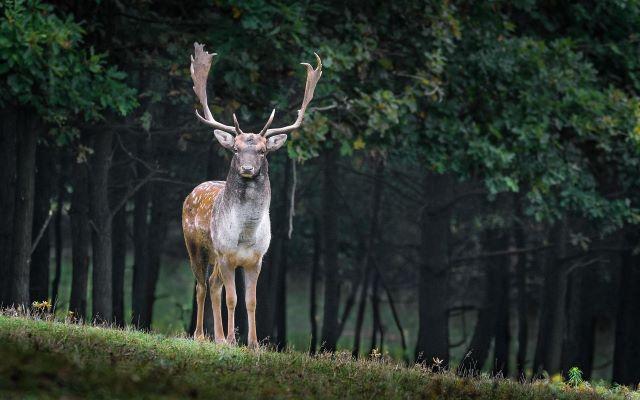
Recognize their signs of stress and discomfort
Recognizing the signs of stress and discomfort in wildlife is a key component of ethical wildlife interaction. While observing animals, it’s essential to remain vigilant and attentive to their behavior. Signs of stress may include restlessness, vocalizations, changes in feeding patterns, or attempts to flee.
By acknowledging these indicators, you can adjust your actions to minimize disruption and respect the well-being of the creatures you encounter. Ethical wildlife interaction involves prioritizing the comfort and natural behavior of animals, allowing them to thrive undisturbed in their habitat.
Keep a Safe Distance
Maintaining a safe distance is paramount when it comes to ethical wildlife interaction. It’s crucial to remember that wild animals are not accustomed to human presence, and they may perceive us as threats. Approaching too closely can induce stress and fear in the animals, potentially leading to defensive behaviors or even causing them to abandon their nests or young.
To ensure both your safety and the well-being of wildlife, use binoculars or telephoto lenses to observe from afar and respect recommended viewing distances provided by wildlife authorities and experts. This practice allows animals to go about their natural behaviors without feeling threatened or disturbed by human presence.
Responsible Wildlife Photography
Minimize disturbance while capturing memories
Responsible wildlife photography is an essential aspect of ethical wildlife interaction. While capturing memorable moments of animals in their natural habitats, it’s crucial to minimize disturbance and prioritize their well-being. This means using long-range lenses, tripods, and other equipment that allow you to photograph from a distance without intruding on their space.
Additionally, avoid using flash photography as it can startle or distress animals, disrupt their natural behaviors, and even temporarily blind them.
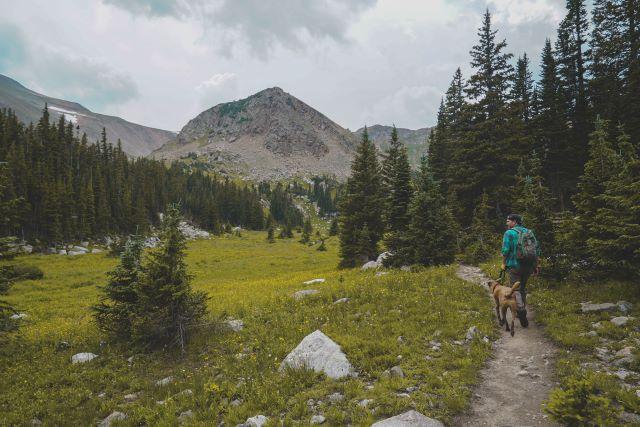
Remember that the well-being of the wildlife you encounter should always take precedence over getting the perfect shot. Be patient and wait for opportunities to capture their natural behaviors without causing stress or disturbance. By doing so, you can enjoy the beauty of wildlife while ensuring they remain safe and undisturbed in their environment.
Use silent mode and natural light
Responsible wildlife photography is an essential aspect of ethical wildlife interaction. While capturing memorable moments of animals in their natural habitats, it’s crucial to minimize disturbance and prioritize their well-being. This means using long-range lenses, tripods, and other equipment that allow you to photograph from a distance without intruding on their space.
Additionally, avoid using flash photography as it can startle or distress animals, disrupt their natural behaviors, and even temporarily blind them.
Remember that the well-being of the wildlife you encounter should always take precedence over getting the perfect shot. Be patient and wait for opportunities to capture their natural behaviors without causing stress or disturbance. By doing so, you can enjoy the beauty of wildlife while ensuring they remain safe and undisturbed in their environment.
Avoid Feeding Wildlife
The dangers of feeding wildlife
Interacting with wildlife ethically involves avoiding the practice of feeding animals during camping trips. Feeding wildlife can lead to several issues, including animals becoming dependent on human-provided food, health risks, aggressive behavior, disruptions to natural behaviors, and negative impacts on ecosystems.
Responsible campers should refrain from feeding wildlife to ensure the well-being of animals and maintain ecological balance.
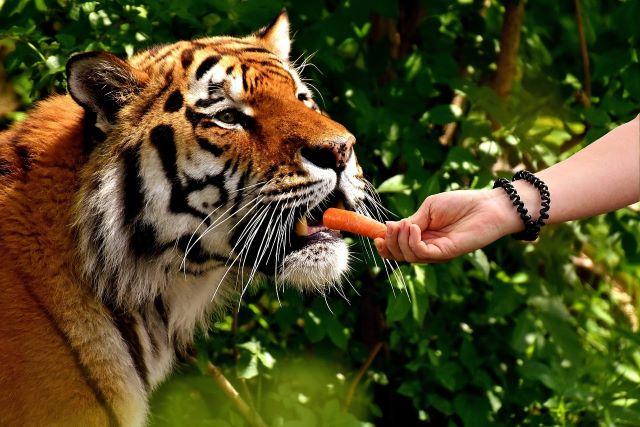
Impact on natural foraging behaviors
Disturbing natural foraging behaviors in wildlife can have significant consequences. When campers feed animals, it can disrupt their normal hunting or foraging patterns, leading to decreased self-sufficiency and reliance on human handouts. This disruption can affect not only individual animals but also entire populations and ecosystems.
Therefore, it’s crucial for campers to avoid interfering with wildlife’s natural foraging behaviors to promote their overall health and ecological harmony.
Proper Food Storage and Waste Disposal
Secure food to prevent the attraction of wildlife
Ensuring proper food storage and waste disposal practices is essential in minimizing interactions between wildlife and humans. Campers should securely store their food and dispose of waste in designated containers or facilities provided by the campsite.

This prevents wildlife from being attracted to human food sources and helps maintain their natural foraging behaviors. Responsible food storage and waste disposal protect both campers and wildlife while preserving the integrity of the natural environment.
Properly disposing of waste to avoid habituation
Properly disposing of waste is crucial to prevent wildlife habituation. Campers should use designated waste disposal facilities and follow established guidelines for waste management. This helps avoid situations where wildlife becomes accustomed to human food sources, which can lead to negative consequences for both animals and humans.
Responsible waste disposal maintains the natural foraging behaviors of wildlife and ensures the safety and integrity of the camping environment.
Respect Wildlife Habitat
Stay on designated trails and campsites
Respecting wildlife habitat involves staying on designated trails and campsites to minimize the impact on natural ecosystems. By adhering to established paths and camping areas, campers can avoid disturbing critical wildlife habitats.
This practice preserves the integrity of these environments and reduces the potential for habitat destruction. It also helps protect wildlife species and their nesting or breeding areas, contributing to the overall health and balance of the ecosystem.

Minimize campsite impact on the environment
Minimizing campsite impact on the environment is essential for responsible outdoor recreation. This involves practices such as setting up camp in designated areas and adhering to Leave No Trace principles. By minimizing the footprint of your campsite, you reduce soil erosion, protect vegetation, and prevent habitat disturbance.
Proper waste disposal, responsible campfire management, and careful consideration of where you pitch your tent all contribute to minimizing your campsite’s environmental impact. This ensures that future generations can continue to enjoy these natural spaces with the same beauty and biodiversity.
Adhere to Local Regulations and Guidelines
Understand and follow wildlife protection laws
Adhering to local regulations and guidelines is crucial when it comes to ethical wildlife interaction. These laws are in place to protect both wildlife and people. By understanding and following wildlife protection laws, you ensure that you’re acting responsibly and legally in any natural environment.
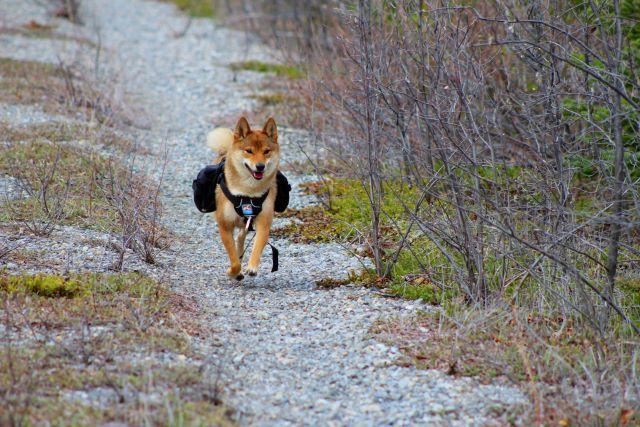
This includes respecting designated zones and seasonal restrictions, which may be put in place to protect sensitive wildlife habitats and breeding areas. Additionally, some regions have specific rules about how close you can get to certain wildlife, such as nesting birds or marine animals. Familiarizing yourself with and abiding by these regulations helps maintain a harmonious balance between humans and wildlife.
Seek guidance from park rangers or authorities
Seeking guidance from park rangers or relevant authorities is a wise step when engaging in wildlife interaction. These knowledgeable individuals can provide valuable information about local wildlife behavior, recent sightings, and any specific precautions you should take. Park rangers often have insights into current wildlife activity and can advise on the best ways to observe or avoid encounters, ensuring safety for both you and the animals.
Their expertise can help you make informed decisions about where to camp, hike, or explore to minimize potential disruptions to wildlife. So, don’t hesitate to reach out to these experts; their guidance can enhance your wildlife experience while keeping it ethical and respectful.
Handle Unexpected Wildlife Encounters
Stay calm and composed during encounters
Handling unexpected wildlife encounters requires a calm and composed approach. While it’s important to remain cautious, maintaining a sense of calm can help diffuse potentially dangerous situations. If you come across wildlife unexpectedly, avoid sudden movements or loud noises that may startle the animal.
Instead, stay still and assess the situation. Back away slowly and maintain a safe distance if necessary, ensuring that you don’t corner or threaten the animal. Remember, in most cases, wildlife prefers to avoid humans and will move away if given the chance. By staying composed and respecting the animal’s space, you can help ensure a safe and respectful interaction.

Respond appropriately to different species
Responding appropriately to different wildlife species is crucial for your safety and the animal’s well-being. When encountering wildlife, it’s essential to have a general understanding of the species-specific behaviors and responses. Different species may react differently to human presence, so here are some key points to keep in mind:
- Predatory Wildlife: If you encounter predatory animals like bears, big cats, or wolves, avoid direct eye contact, which they may interpret as a threat. Back away slowly without turning your back on them. Do not run, as it may trigger their instinct to chase.
- Herbivorous Wildlife: Herbivores like deer, moose, or bison are generally less aggressive but can be unpredictable, especially during mating or calving seasons. Keep a safe distance, as they may become agitated if they feel threatened.
- Marine Wildlife: When encountering marine species like dolphins, whales, or seals, maintain a safe distance and avoid any attempts to touch or feed them. Remember that even seemingly docile animals can react defensively if they feel cornered or harassed.
- Birds: While birds are generally less threatening, nesting birds can become aggressive to protect their young. Keep a safe distance and avoid disturbing nesting areas.
- Reptiles and Amphibians: Snakes, lizards, and amphibians usually avoid humans but may defend themselves if they feel threatened. Give them space and avoid handling unless you’re knowledgeable about the species.
- Insects: Insects like bees and wasps can sting when provoked. Stay calm and move away slowly if you encounter a nest or hive.
- Marine Life: When snorkeling or diving, avoid touching or disturbing coral reefs and marine creatures. Some species can be venomous or carry diseases harmful to humans.

In all cases, the key is to stay calm, maintain a safe distance, and observe without causing distress or disruption to the animals. It’s also crucial to follow any specific guidelines or recommendations provided by local authorities or park rangers for dealing with wildlife encounters.
Conclusion
In conclusion, responsible and ethical wildlife interaction is an essential aspect of enjoying the natural world while preserving its beauty and integrity. By understanding wildlife behavior, keeping a safe distance, refraining from feeding animals, and adhering to local regulations, we can ensure both our safety and the well-being of the creatures we encounter.
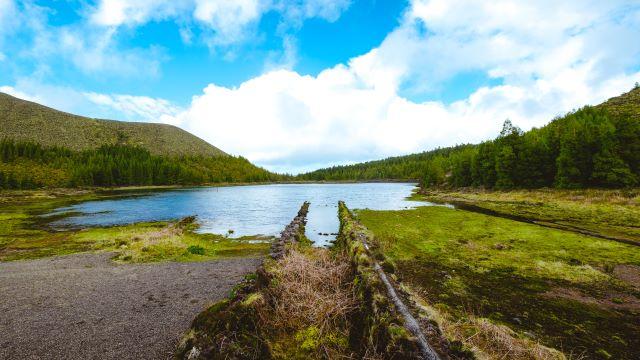
Whether you’re a nature enthusiast, a wildlife photographer, or an adventure seeker, embracing ethical wildlife interaction is a shared responsibility that allows us to appreciate the wonders of the natural world while respecting and protecting its inhabitants.









